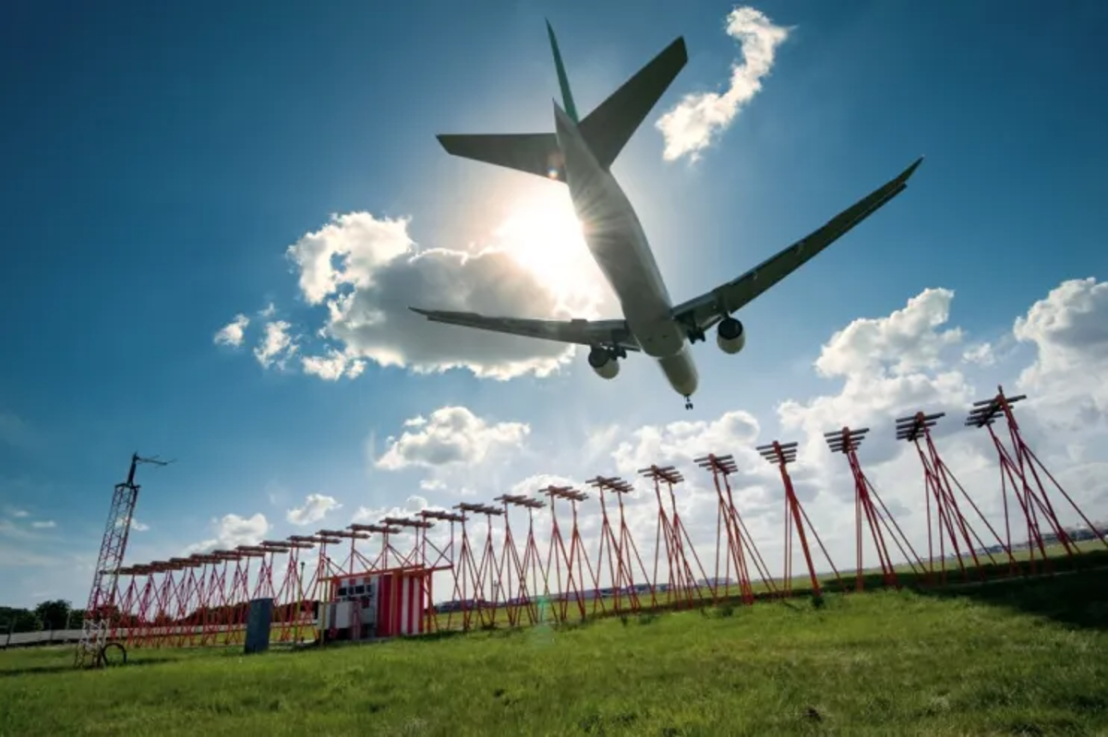Heathrow is among a group of European airports facing an unprecedented challenge from the East. The question is, will they adapt , asks Guy Taylor. Chatting over coffee at London’s Ned Hotel with Istanbul Airport’s chief executive Selahattin Bilgen, one thing is clear; Western Europe is slowly losing its status as a hub for global aviation.
The likes of Heathrow, Charles De Gaulle and Amsterdam’s Schipol airport have been at the top-level for decades. But the figures are clear that demand is shifting increasingly towards the Far East. The latest data from IATA, covering March, revealed Asia-Pacific airlines saw a 38.

5 per cent year-on-year increase in demand. That’s compared with only 11.6 and 14.
6 per cent for North American and European carriers, respectively. In 2023, Asia-Pacific airlines posted a 126.1 per cent rise in full-year international traffic, according to IATA, compared with a a 22 per cent climb for European carriers.
For Bilgen, the shift of aviation’s “centre of gravity” eastwards is a huge opportunity for Istanbul airport, which is geographically poised to take advantage and potentially supplant Heathrow as the busiest hub in Europe. It is aiming to hit an annual passenger target of 85m after expanding capcity dramatically, a figure that would take it ahead of Heathrow’s 82m. We discussed the changes as part of a recent article , in which the Turkish executive was also clear the impact would be felt by European airlines.
Western Europe’s hu.
















